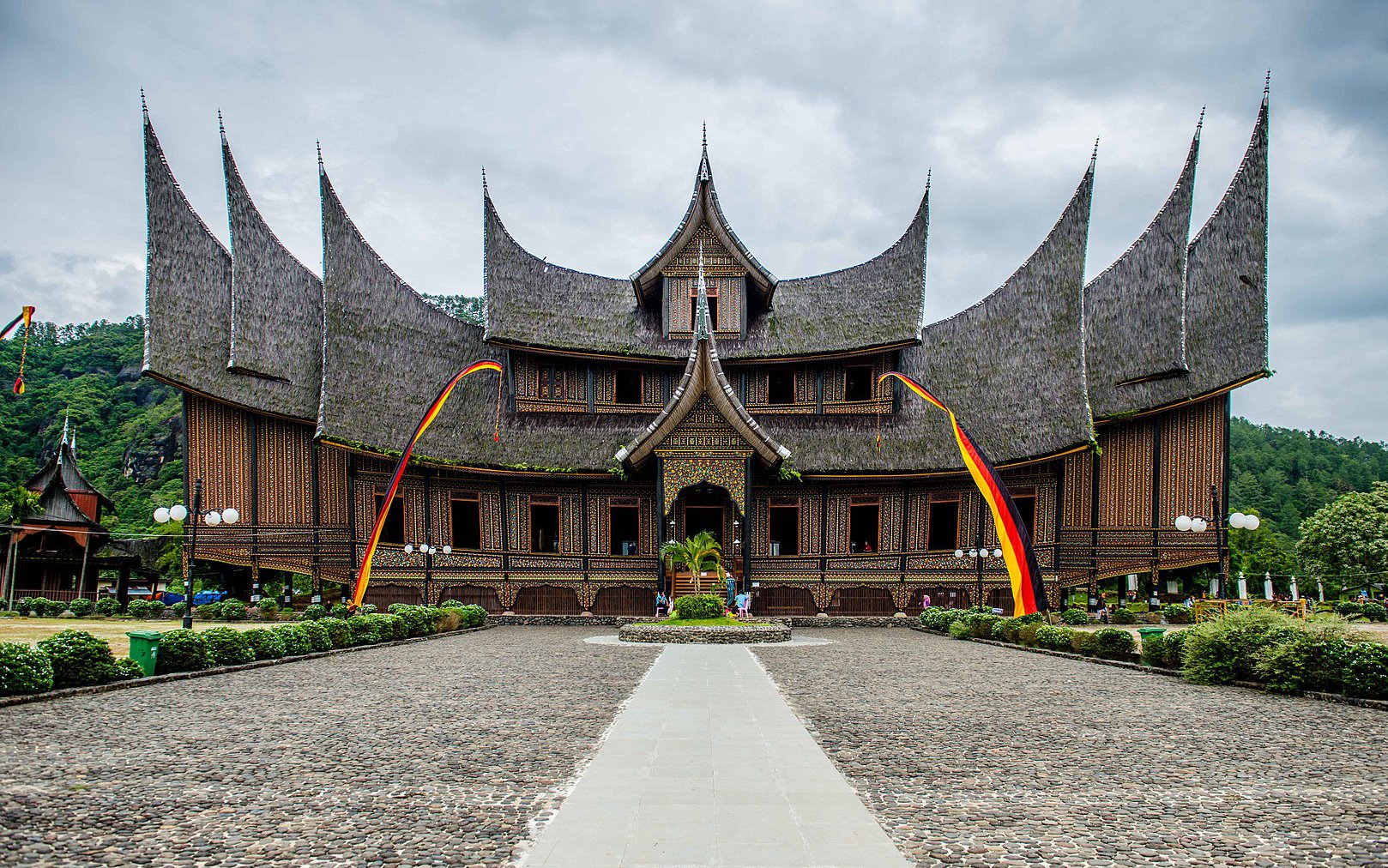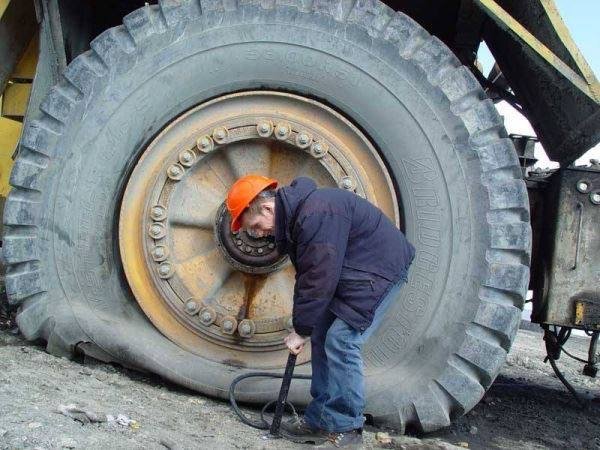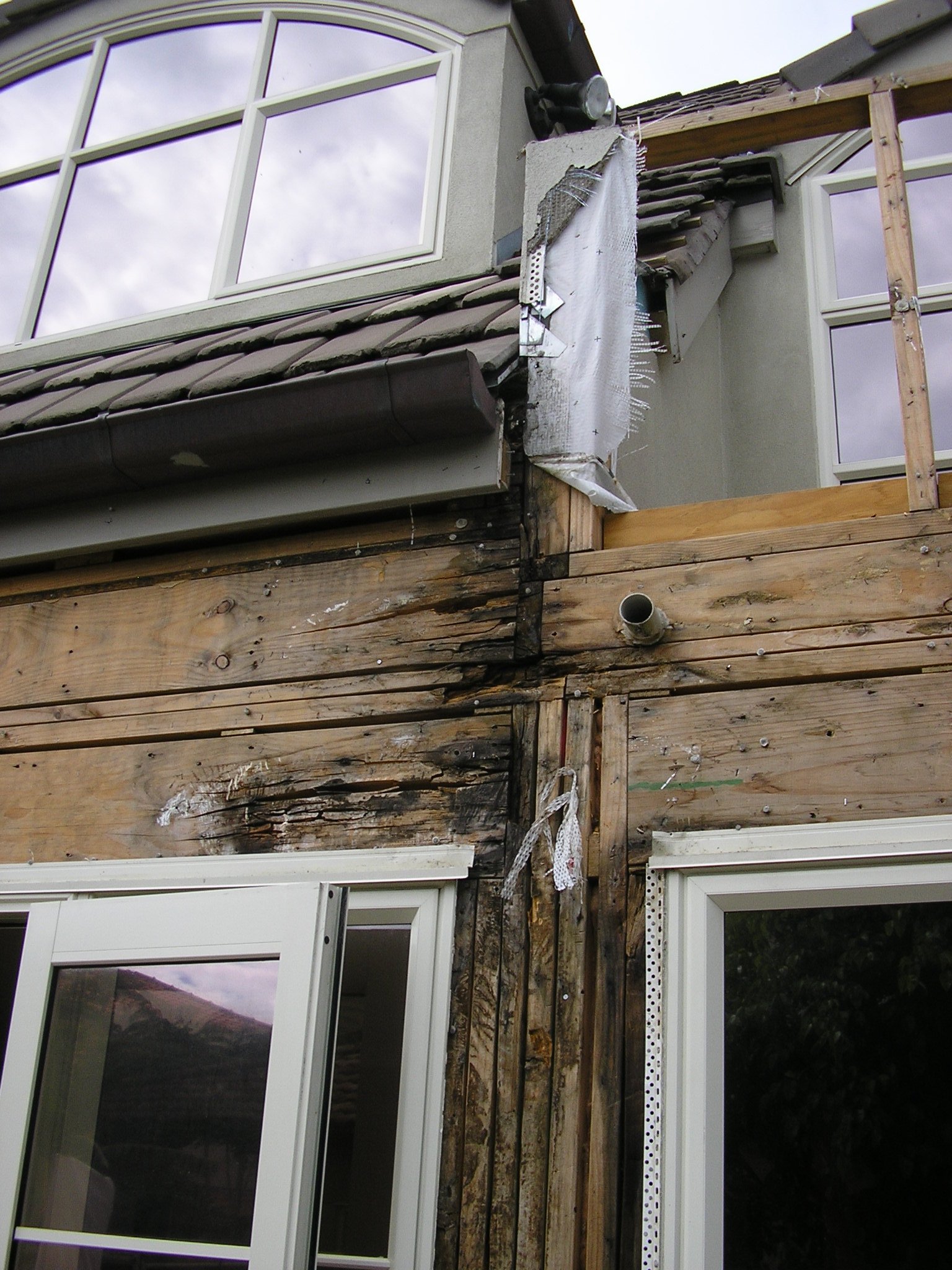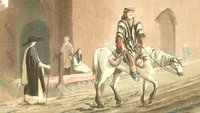
Beggars Would Ride
Vernacular Architecture
My education into the Lore of the Shore has been recent and remote. I am gleaning, piece by piece, the beginnings of an understanding of not just how and where you ride, but what you ride and why. And these last two facets, the what and the why, are fascinating to me, living and riding as I do in a far, far different environment.
Reeling from a WhatsApp chat that went deeeeep into tire profile and durometer, then segued into the best places to get waterproof gear repaired, before moving onto physiotherapist recommendations, I realized that not just my riding environment is entirely unlike the Northern Dankness. The needs that accompany that riding environment are different as well. For instance, you wear waterproof clothing often enough to need it repaired. Then there’s the social fabric of society. You have physical therapists. And, I suspect, access to them. And many of them ride, and understand what riders need. I’ve heard of these near-mythical beings here in the Land that Healthcare Forgot, and a couple seasons ago had a wonderful few months fighting my insurance provider down here in order to gain access to one in order to rehab a torn rotator cuff, and it felt like I had discovered El Dorado when I actually found one. But the thought that there might be several, and one might be able to see one somewhat regularly, as a matter of basic, empathic, human maintenance? Daaaaaaammmnn.
As a head check, I went down into the barn and scoped out the two regular rides. Falconer hardtail, 29x2.6 Rekons front and rear (the light ones with the less awesome compound). Specialized Epic Evo, 29x2.35 Ground Controls front and rear, T5 compound. Clearly, these bikes are not Core For The Shore. Not even close. But around here, where the trails are dusty blue-groove hardpack half the year and most rides are a steady diet of up and down XC, they are perfect. Two hours north, in Santa Cruz, it’d be easy to find some terrain that would immediately put me in the hurt locker, equipment-wise. It’s not just North Van where these bikes would suck. So this is a bit of a self-made straw man argument I’m constructing, but work with me here.
A few years ago, I was in New Zealand, and headed down to visit a friend in Nelson. On the previous visit, I had shown up with a bone stock Santa Cruz Tallboy, running I think 2.1 Crossmarks. This had proven to be a very unwise choice of both bike and tire, and my Nomad and Minion riding friends had delighted in dragging me into all manner of rooty, steep, wet, sphincter clenching lines that by the end of the weekend had reduced me to a flinching basket case of frayed nerves. For this trip, my friend made sure to send me some final email admonishments before I flew south. “Remember, Mike, bring some Nelson tires this time. Nelson tires!”

No, this is not indicative of "Nelson tires", but is an attempt to parse a "wrong tool for the job" metaphor. And we were talking about tires, so it kinda fits, right?
A week or two back, when Cam and I were talking about how people find their way into bikes, and the role the media plays in helping them define their needs, I pushed back a bit with the need for a local community also being a crucial component in that decision making process. And after we hung up from that podcast, I couldn’t stop thinking about vernacular architecture.
Vernacular architecture is the construction of buildings using local materials, local resources, and often locally derived building practices. It suits the physical, social and cultural needs of people living in the immediate region where the materials used are grown, mined, hewn, quarried, or for lack of any other descriptor, “sourced.” It is, in this modern age of widely adopted building codes and standardized materials, becoming something of an architectural relic, more of a scholarly interest and social curiosity than a respected way of doing things. Think slate roofs in the north of England, half-timber houses in Germany, shotgun houses in Alabama, hide constructed yurts in Mongolia, or anything built from the local clay all around the world. In most cases, vernacular architecture not only uses the most convenient local materials, but also relies upon construction techniques honed over hundreds of years to make the most out of those materials, to utilize them in the most efficient and effective way possible.
Vernacular architecture doesn’t always travel well. What works in Sulawesi may not hold up so well to Minnesota snow loads. Back in New Zealand, there was a fashion for a while in the 1990s, as the country emerged out of what felt like decades of recession, for people to celebrate by building flat roof houses with flush windows. A very Mediterranean look. I grew up in a house that had been built from local timber at the very beginning of the 20th century. It had a steep pitched tin roof, a huge verandah around one half of the place, and every window on the house had a healthy eave over it and a deeply recessed sill. It was bomber, perfectly suited for gale force winds and 80” of rain a year. Those fancy new Mediterranean-influenced houses leaked like crazy after a few years, spurring a huge wave of recriminatory lawsuits that are probably still being pursued to this day. It doesn’t make sense to build flat roof dwellings anywhere but in a desert. It doesn’t make sense to build with adobe bricks in a coniferous forest. It doesn’t make sense to build a straw bale home in a swamp.

You thought I was maybe kidding about that leaky home comment? Nope
Vernacular mountain biking is something we can now realize. 30 years ago, everyone rode basically the same bikes all over the world, regardless of terrain or aspiration, and we just made do. Now? Now we have options! I can choose to run those floaty, flexy 2.6 Rekons on my hardtail because they roll like crazy and make the square edged braking bumps of Fort Ord a little more tolerable. If I pay a visit to the mountains, I can pay the rolling resistance piper and slap on something with heavier casings, bigger knobs, squishier durometer rubber. If I move to those mountains, or somewhere loamy and steep, it might be time to look at heavier components, or a different bike entirely.
If ever I find myself somewhere pitched up strange and different, I look long and hard at what everyone around me is riding. I ask the locals what they use, and what they don’t use. I will happily discard whatever my accumulated database of “wisdom” suggests in favor of local consensus, every single time. Your neck of the woods is not the same as mine, and I thank you for the ongoing education.










Comments
Cooper Quinn
2 years, 4 months ago
Vernacular architecture.
Reply
Mike Ferrentino
2 years, 4 months ago
Yes!
Reply
Vik Banerjee
2 years, 4 months ago
Don't get too jealous Mike if you don't have insurance from your job you aren't seeing a PT in Canada for "free" when you get beat up riding your bike. And even with insurance there are deductibles and co-pays and such stuff here as well. Seeing a doctor is "free" and going to the ER is "free" as is any acute care that flows from that. You can get some "free" PT post-surgery depending on the procedure, but that's about it.
Of course nothing is "free" we just pay for it via taxation and Government debt.
I'm not complaining. I'll take our healthcare system over the US' any day, but it's not quite what people in the US think it is.
On the gear front up here in BC we are suffering from a fairly widespread case of overbike-itis. It's cool to be rolling on the latest carbonium SUPER-enduro rig [ya just plain enduro is so 2019!] with DH tires/inserts even if you ride twice a month and walk the difficult features. Kind of like you don't actually need a lifted Tacoma to access most popular BC MTB trailheads...despite what a survey of the parking lot might suggest.
There are of course folks legit pushing their gear to its limit and who need aggressive bikes/parts, but you have to screen them out of the fashionistas who are mostly riding the trends not the trails.
Reply
mrbrett
2 years, 4 months ago
Look Vik, I don't know who you think you are, but facts are facts: If you don't have a colour matched Chromag decal on the back of a lifted Tacoma, it's almost certain prison time for you if someone notices.
Reply
Pete Roggeman
2 years, 4 months ago
Do we think the proportion of over-built Tacomas outweighs that of over-biked riders? I'd think so, since a very few people use their trucks off of pavement and there are a lot of 'sleeper' riders out there, but there may be a broad micro-geographical variance: there's a deep talent pool congregating at the Dumpsters most days, whereas there are other spots full of bikes that are too old to be so shiny...
Reply
Pete Roggeman
2 years, 4 months ago
This comment has been removed.
grimwood
2 years, 4 months ago
As a perpetual over-biker, I take this comment a little personally. So I’m having fun wrong? I’m mostly joking here… mostly. People ask if me really NEED the set up I have. Probably not, but I also don’t have the most skill, so I’d prefer a little insurance. I’ll gladly pedal a bigger bike for those days that Cooper shows us a “new line” on Boogieman.
Reply
Jerry Willows
2 years, 4 months ago
Yup... you want less travel, increase the air pressure.
Reply
cheapondirt
2 years, 4 months ago
Hey, we had a #LeakyCondoCrisis over here, too! Twinning!
Reply
Velocipedestrian
2 years, 4 months ago
The leaky building fiasco is still shitting the bed in South New Zanada.
Reply
kcy4130
2 years, 4 months ago
Executive summary of this article: Horses for courses.
Reply
Pete Roggeman
2 years, 4 months ago
Thankfully, we have Mike and other good writers to turn three simple words into 800 enjoyable ones so that we may be entertained.
Reply
4Runner1
2 years, 4 months ago
Agreed. Such a good read. I think, for me, nsmb’s greatest quality lies in the varied writing styles of the respective editors.
NSMB keeps getting better. I’ve been here (under a previous handle) since the beginning and enjoy it more than ever.
Reply
Niels van Kampenhout
2 years, 4 months ago
Mike, as a fellow lurker in the NSMB Whatsapp group, most of the gear discussions in there are completely outside my frame of reference as well, and I actually live and ride on the Shore. Not everyone here is that hardcore and needs DH tires with inserts and burns through waterproof gear like brake pads ;-)
I have to admit we are lucky to have a disproportionate amount of good sport physios here in North Van though!
Reply
fartymarty
2 years, 4 months ago
Mike - In response to your first paragraph - Not all of us live on The Shore* but I guess we share a similar mindset that brought us to NSMB.
* However probably would if we could.
Reply
Mike Ferrentino
2 years, 4 months ago
I realize that, but for the sake of the straw man felt the need to geo-pinpoint things.
Reply
fartymarty
2 years, 4 months ago
Fair enough - I'll happily take the pigeonholing.
Reply
andyf
2 years, 4 months ago
"Two hours North, in Santa Cruz"...that puts you in or near SLO, right? Doesn't Cuesta Ridge have a few Minions-might-not-be-such-a-bad-idea trails?
Reply
Mike Ferrentino
2 years, 4 months ago
I'm inland in Monterey county. About halfway between the coast and King City, with a whole lot of Ventana wilderness right south of me. Closest official trail riding is either Fort Ord or Toro, and those are both about 40 minutes away. Toro is a mixed bag, you can get in some spicy trouble there but serious tires are not a requisite. The trails here on the ranch definitely benefit from big sticky rubber, but the climbs are absolute murder however you measure them. Hour and a quarter to Nisene, if the traffic cooperates, two hours to campus, if the traffic cooperates.
Reply
andyf
2 years, 4 months ago
Pipeline at Toro is great but I agree, no real need for serious rubber and a lighter tire is nice for the climb up to Ollason peak. Nisene is my go-to spot. I do the same rides there on a 24.5 lb. Epic Evo with Ground Controls and a 33 lb. Enduro with an Assegai/DHR II combo. The lighter bike feels like the better choice for 80% of the ride but that 20% is so much fun on the big bike.
Reply
Mike Ferrentino
2 years, 4 months ago
Nisene is such a tease that way! Big long grinder of a climb, but plenty of places to run out of traction and suspension real fast if you know where to look. Absolutely agree with your assessment!
Reply
slimchances57
2 years, 3 months ago
Almost ; D
."plenty of places to run out of traction and suspension [AND TALENT] real fast if you know where to look".
Reply
Scott Jamieson
2 years, 4 months ago
When I first moved to Italy, I showed up with 2.25 Ardents, which had worked amazing back home. Unfortunately they were on my Niner, at a time when a 2.5 Minion didn't exist in 29. I was very quickly introduced to many local riders, as they passed me on the trail patching up yet another tube or tyre. "Scusa! Una Problema?"
Reply
Maximum Radness
2 years, 3 months ago
MIKE: nailed it. I was an avid devourer of NSMB wisdom when I needed it: I lived in Seattle and Oregon and rode year round.
Then I moved to Colorado and had to literally relearn how to ride bikes. no joke. It was that different. I had the baseline. I had a versatile full-sus with minions and fox parts. But my classic steel hardtail was also completely unridable within a year of discovering new trails and mountain bike styles that I had completely zero exposure to previously.
Tires, fork tunes, chain-lubes, clothing materials and cuts, specific bike geometry and designs all had to shift for this one. I was not expecting that. helps to have the new school bikes and all those gorgeous options now, too. All these adjustments made me a better rider and a better wrench and a better person though.....
Reply
Dogl0rd
2 years, 4 months ago
Good piece!
Reply
cxfahrer
2 years, 4 months ago
So what resembles concrete buildings in mtb tyres?
Reply
fartymarty
2 years, 4 months ago
DD (or DH) Assegai MG with CC???
Reply
cxfahrer
2 years, 4 months ago
I thought more like a DD MG DHR2. But no XC guy would agree...and do DD MG have such a big carbon footprint as concrete?
Speaking as an architect. All engineers think in concrete and steel most of the time, although at university there was a prof who taught buildings made of clay are best, even in wet climates when done properly (big overhanging roof etc).
One cant compare buildings to mountainbikes, in no regard.
Reply
cheapondirt
2 years, 4 months ago
I've got a Kenda Nevegal wire bead in the garage that I estimate to be from 2002. It's very hard and heavy..
Reply
Tjaard Breeuwer
2 years, 3 months ago
A great read, (as always) Mike.
Thank you
Reply
RiderBenny
1 year, 3 months ago
Thanks for the article. The author did a fantastic job of explaining the concept of vernacular architecture and how it has shaped the built environment throughout history. He used examples that helped me imagine a clear picture of the structures of different buildings. I was interested in this topic when I was writing a research paper in college, and for more examples, I used this source https://edubirdie.com/examples/architecture/ thanks to which I got a high grade. I particularly enjoyed learning about the materials and techniques used in different regions and how they have adapted to the local climate and resources. Overall, a great article that provides a valuable insight into the world of Vernacular Architecture.
Reply
Please log in to leave a comment.